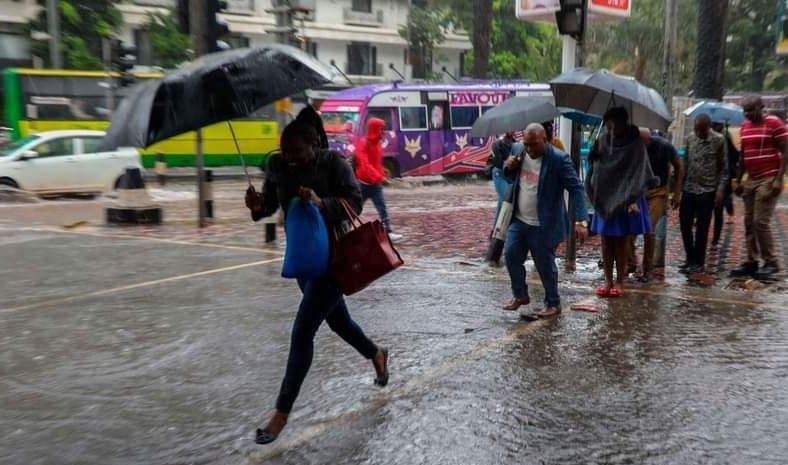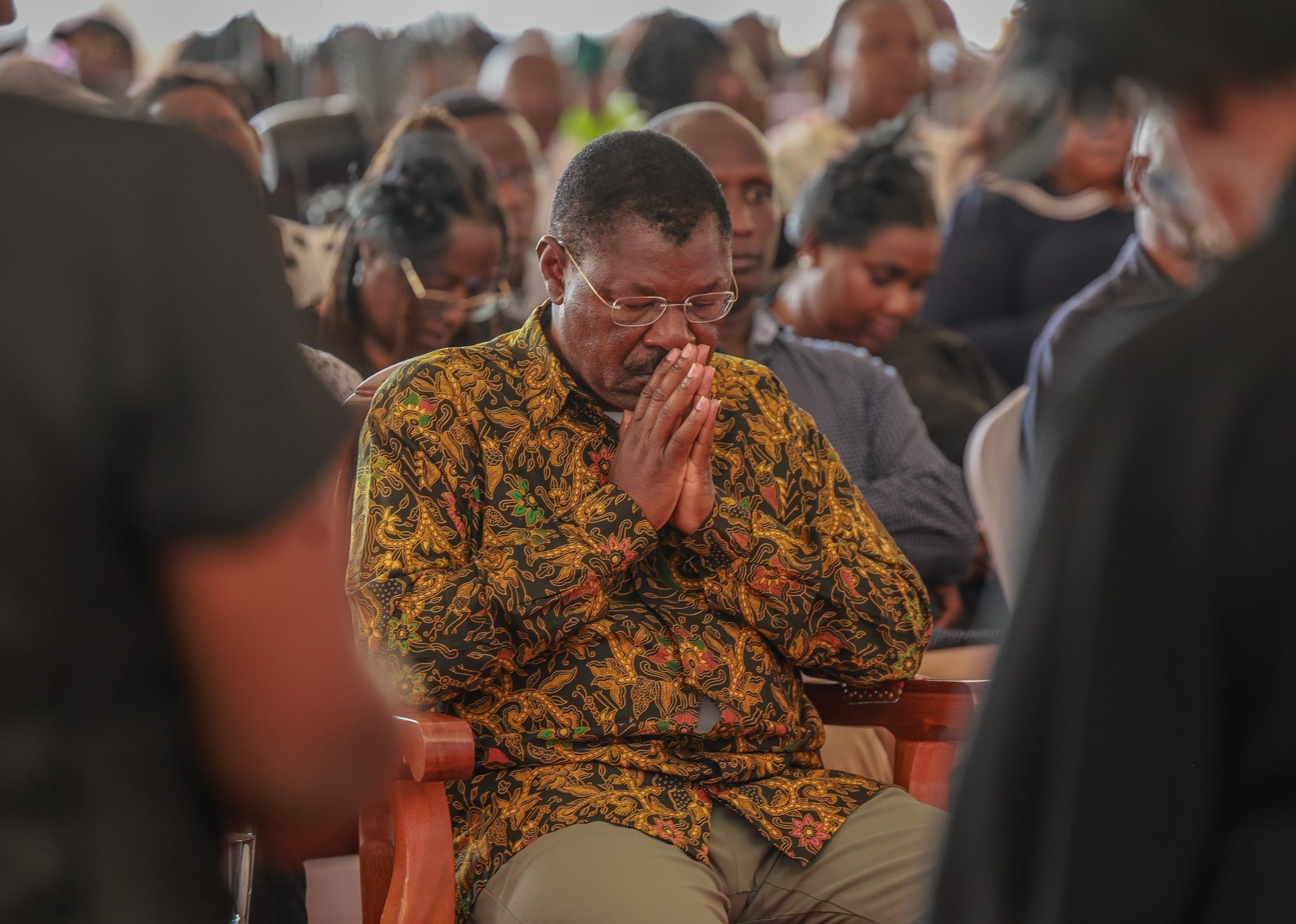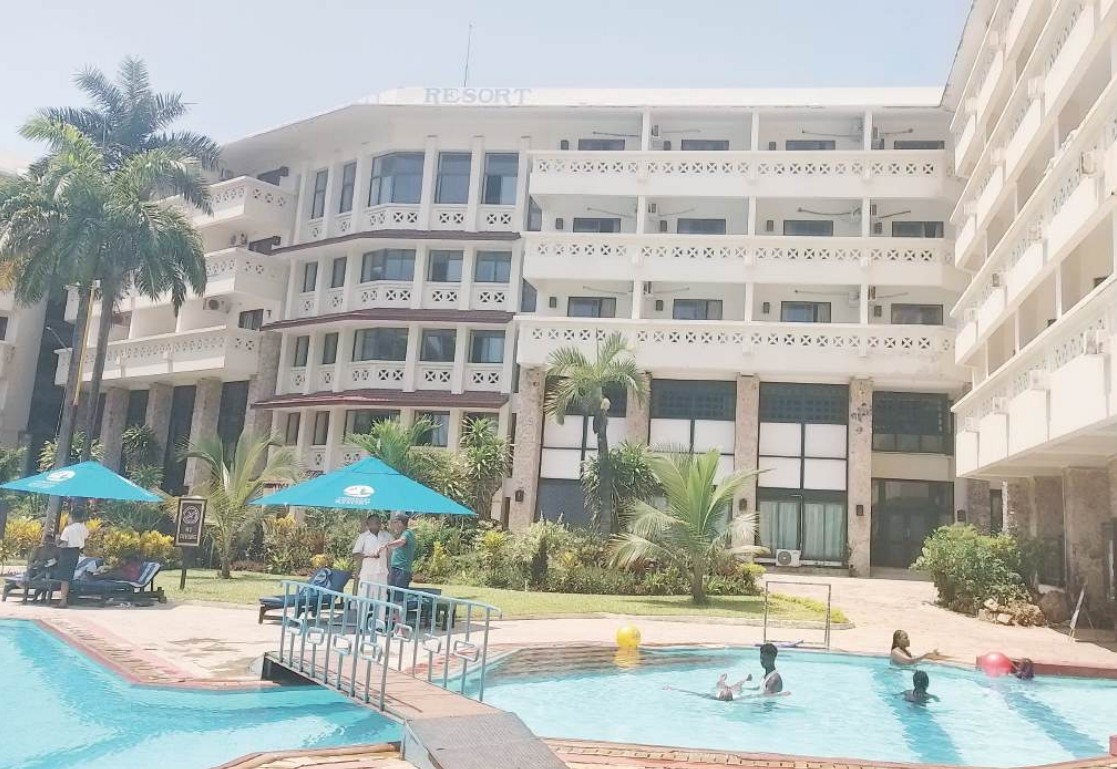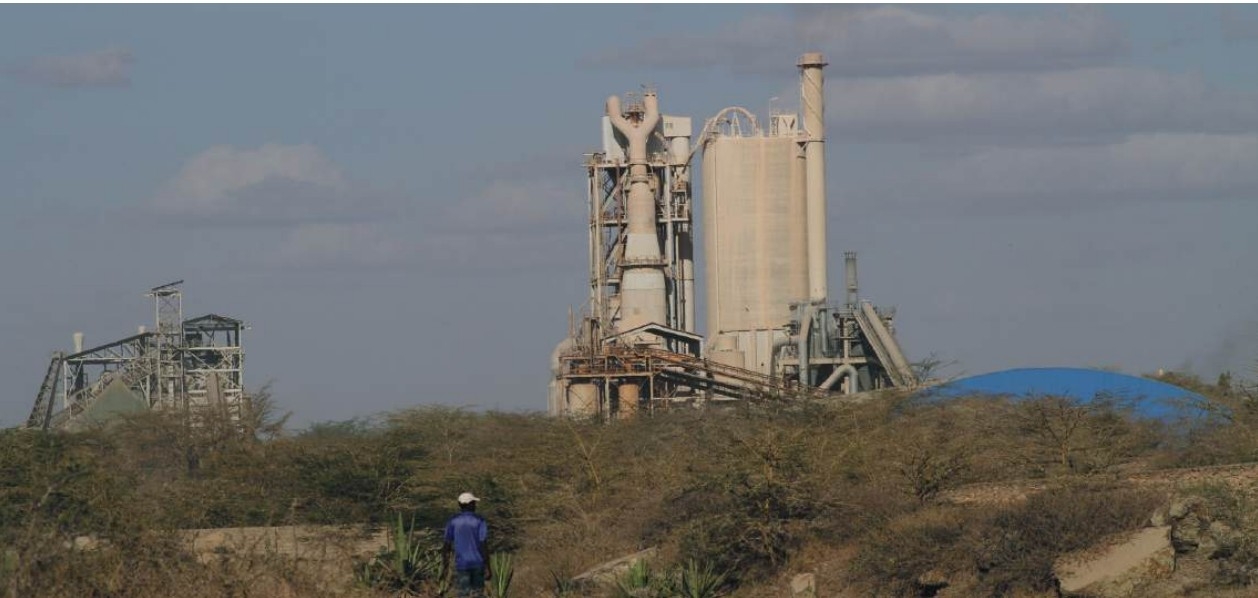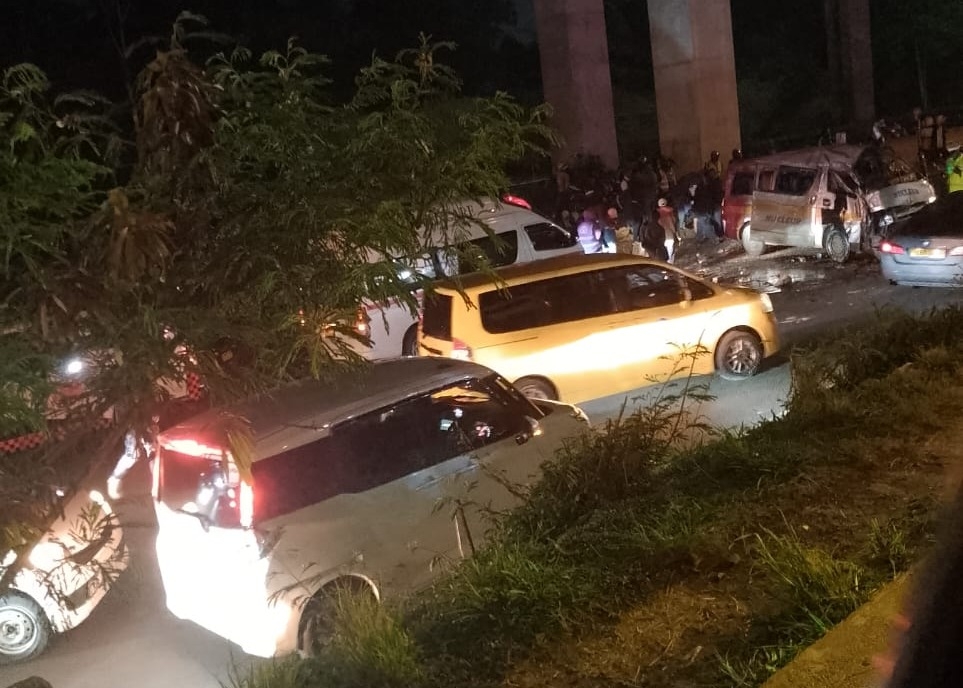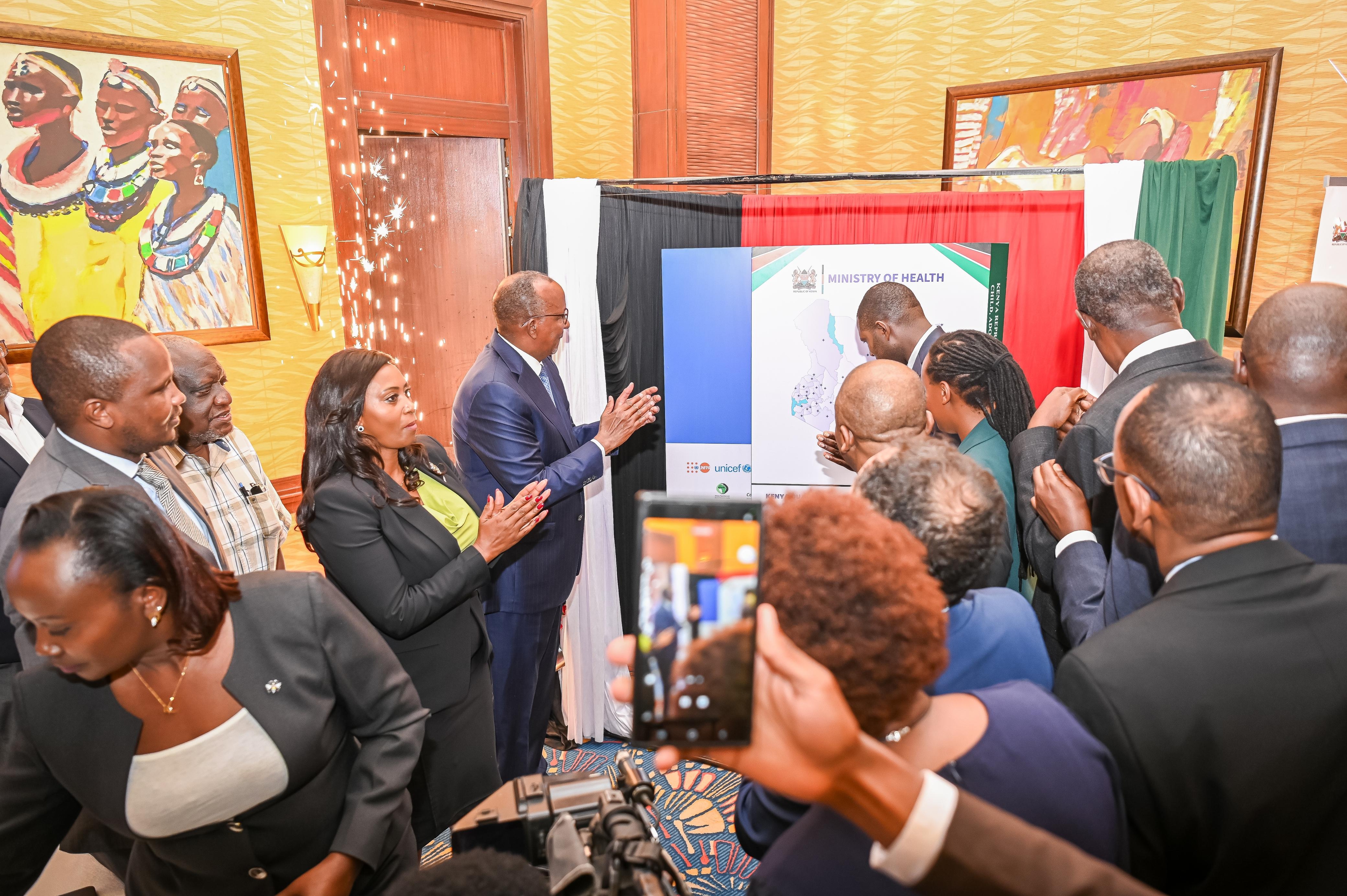
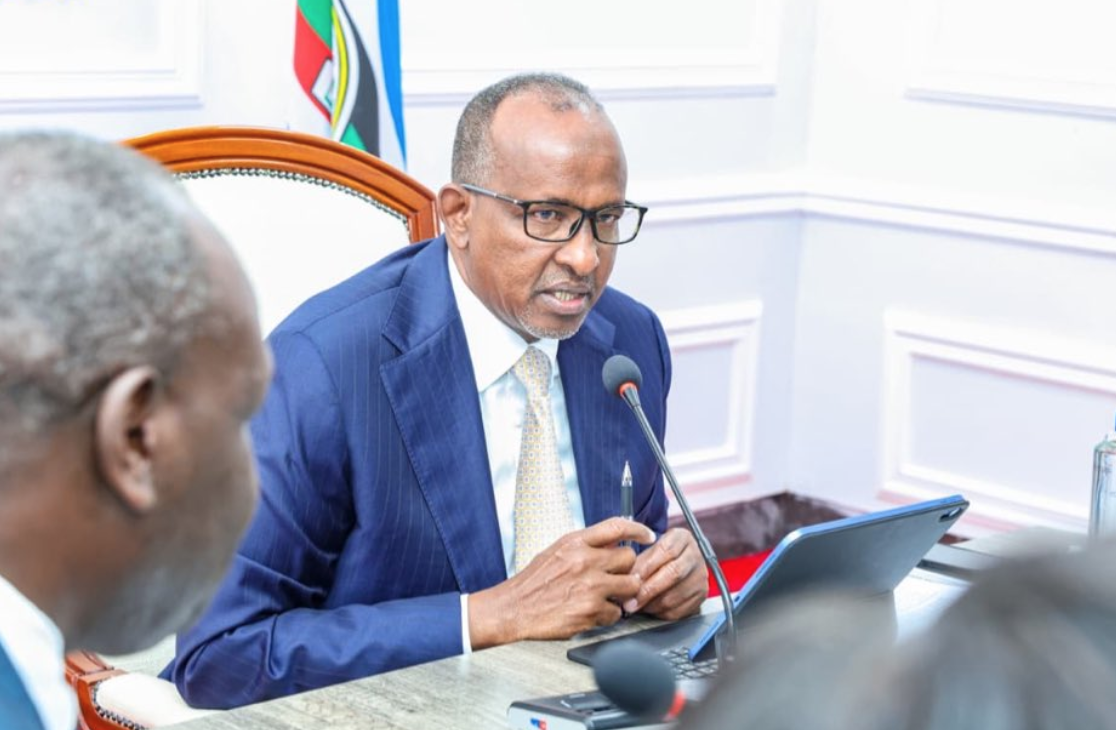 Health Cabinet Secretary Aden Duale/FILE
Health Cabinet Secretary Aden Duale/FILEKenyans will soon be able to access emergency medical care at no cost through a new nationwide ambulance coordination system.
The long-awaited National Ambulance Response System (NARS)
officially goes live on December 1, according to Health Cabinet Secretary Aden
Duale.
The system—one of the flagship components of the Universal Health Coverage (UHC) program—will allow citizens to reach emergency services via a toll-free hotline integrated with the Social Health Insurance Fund (SHIF).
The integration aims to cushion households from out-of-pocket payments during emergencies, ensuring that financial constraints no longer delay life-saving care.
“SHA is rolling out the Ambulance Evacuation Services Benefit and establishing the National Ambulance Dispatch Centre (NADC) to coordinate cross-county and rural emergencies, eliminating the cash-payment barrier previously cited by many facilities,”Duale said when he appeared before the National Assembly’s Departmental Committee on Health.
Once operational, callers will have their location automatically identified using digital tracking tools, enabling rapid dispatch of the nearest available ambulance.
The system will link public, private, faith-based, and county-owned ambulances under a unified command-and-control framework, a move expected to minimise duplication and reduce fatal response delays.
According to Duale, the Ministry of Health is in the final phase of mapping, inspection, and standardisation of ambulances across all 47 counties.
The exercise seeks to ensure that every vehicle meets approved standards in equipment, staffing, and response protocols.
“The system will run through a centralised call and dispatch centre equipped with technology to track ambulance movement in real time, monitor response times, and coordinate referrals to the nearest appropriate health facility,” Duale told MPs.
Emergency medical teams have also undergone capacity-building and simulation drills to strengthen preparedness for the December rollout.
Additionally, the Ministry is working with county
governments to harmonise Standard Operating Procedures (SOPs) on emergency
response, trauma care, patient handover, and referral pathways.
The new ambulance response network is part of broader reforms under UHC aimed at expanding access to quality and equitable healthcare, especially in rural and underserved regions.
Real-time tracking and centralised dispatch are expected to significantly reduce delays in emergency response, ensuring faster care for patients facing critical conditions such as maternity complications, severe asthma attacks, strokes, kidney failure, and heart conditions.
Health experts have lauded the development as a landmark achievement in Kenya’s quest to strengthen its emergency health infrastructure.
“This is a transformative step for Kenya’s healthcare system,” said a senior health official familiar with the rollout. “It means that no Kenyan should die on the road or at home simply because they couldn’t afford or access an ambulance.”



